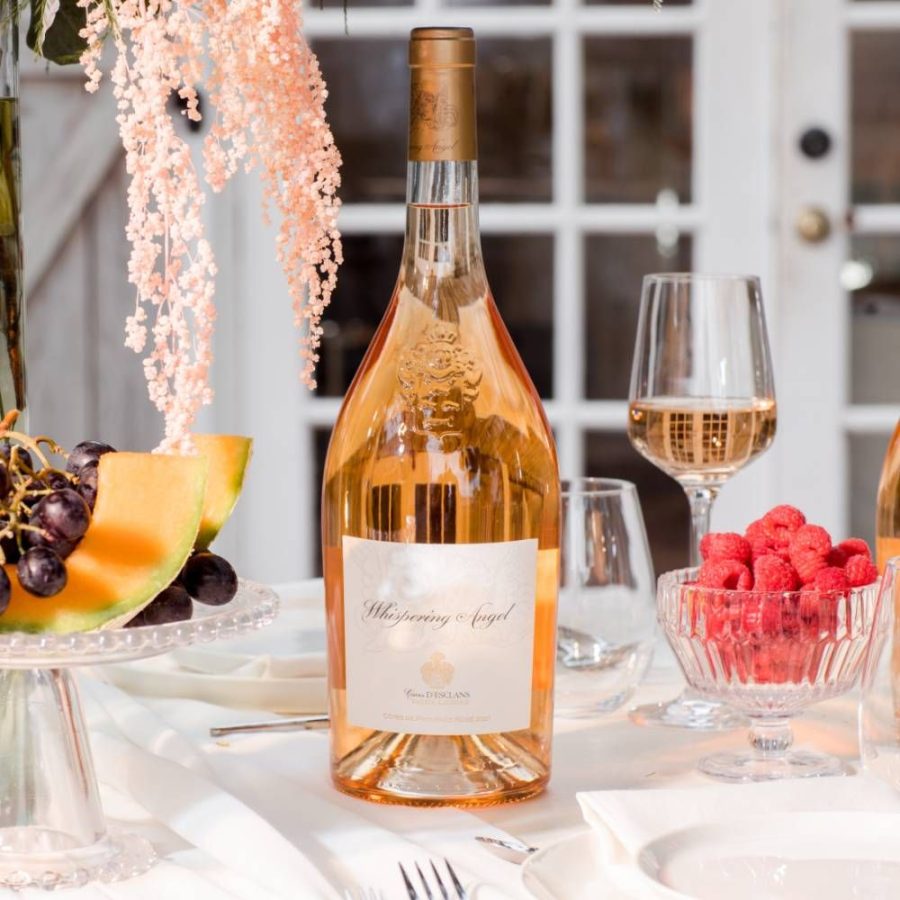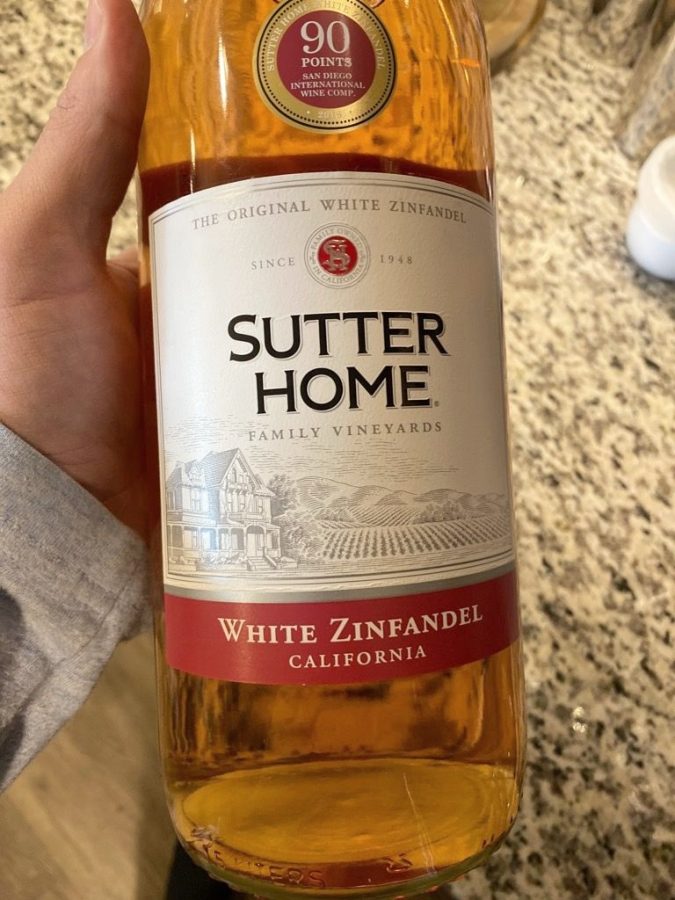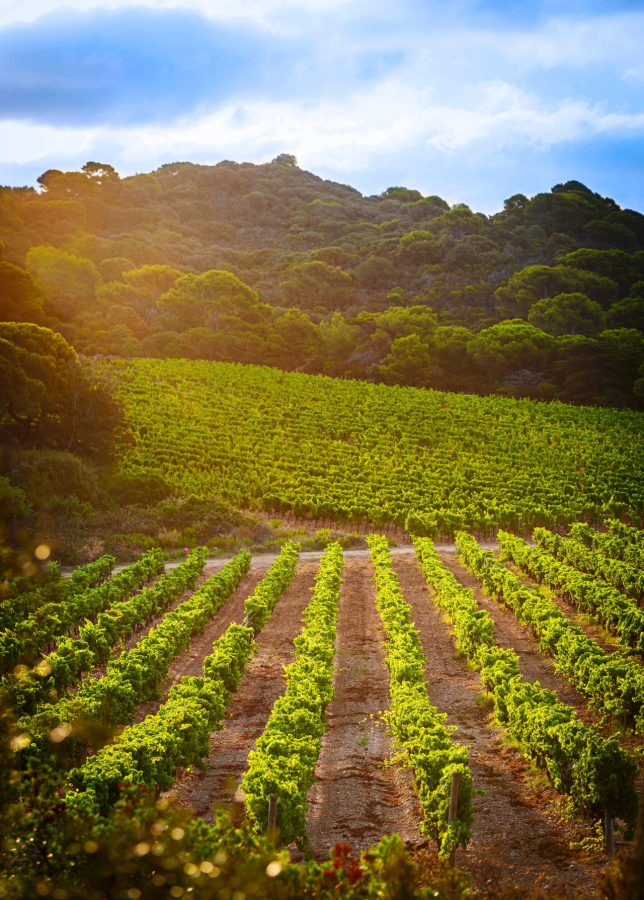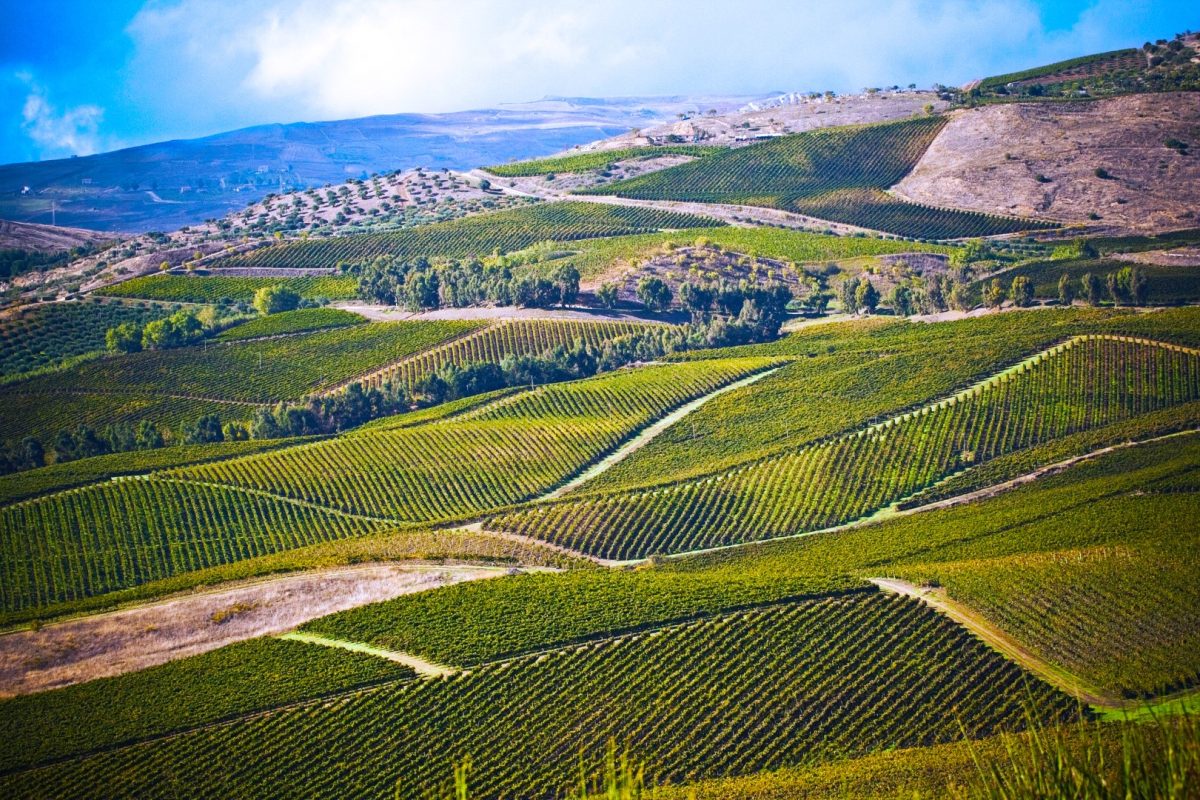Review: WIP on the Park
April 28th, 2025
Wine appreciation is very much a sensory experience, arousing almost all our senses; this is possibly no more evident than with rosé wines. Rosé is available in the market as a still wine or sparkling, with sparkling rosé styles from Champagne being some of the most highly prized wines in the world. While red and white wines send out visual cues; nothing arouses the sense of sight like a light pink, rose-coloured rosé. The distinctive pink to salmon colour occurs when the juice from red (black-skinned) grapes are allowed to briefly come into contact with the skin (the cheaper method, although forbidden in France, is to blend a little red with white wine).
While some may blush at the mere mention of rosé – pun intended – there are many serious pink wines on the market. As they are not aged in oak, many of these wines are made for early drinking and so are best consumed within two or three years. Rosé is perfect as an aperitif wine, as it looks most impressive in the glass. They are best served chilled at between 8-10°C.

Few rosés make it onto lists of the world’s best wines, but they do have their followers and deserve greater credit than they often garner. Rosé is an easy-drinking, fresh wine, and, as such, finds it a little difficult to join the ranks of a great wine style. The stylish packaging and bottles and the wines’ very pale salmon colour also play a big role in the success of the better-known rosé wines, such as Garrus from Chateau d’Esclans, Clos du Temple, and Whispering Angel.
In some countries, particularly the United States, rosé wines serve as an introduction to the world of wines for many. From the mid-1970s into the 1980s and 1990s in particular, rosé wines, especially varieties like White Zinfandel (a rosé made from the red Zinfandel grape), were often Americans’ first foray into wine. Their approachable sweetness, light body, and affordability made them perfect for casual sipping. California’s Sutter Home winery unquestionably spearheaded the White Zinfandel craze of the era, becoming a household name with its bottles typically costing just $3 or $4, alongside other brands like Beringer and Franzia. (Indeed, the White Zinfandel varietal was the number one selling wine in the United States for 11 years running!) These “cheap and cheerful” wines introduced a whole generation to wine culture in a relaxed, inexpensive, unpretentious way. As an unexpected side benefit, the runaway sales of ‘White Zin’ compelled growers to save countless acres of their older Zinfandel grape vines from being ripped out, and these days, those well-matured vines are turning out some genuinely superb Zinfandel wines.

Outside of the US, many consumers were introduced to the wide world of wines by squat bottles of Portuguese rosé. By the 1980s, both the red and sparkling white versions of Mateus rosé accounted for some 40% of all Portuguese wine sales. Over 3.25 million cases of Mateus per annum were sold then, and its competitor, Lancers, was producing similar quantities. Palates have changed, and these two styles have declined in global sales.
But although the mass-produced rosé wines of that era were regarded as unserious, budget wines (often on the sweet side), appealing to newbies and also to drinkers who perhaps couldn’t decide between red and white alternatives, the rosé category has grown considerably in stature as discerning drinkers discover many appealing global styles. In France, rosé wines have long been given more thoughtful consideration, and it isn’t uncommon to find large swathes of shelves in French wine shops filled with dozens and dozens of rosé wines at all price points. Other countries have found success with the style, as well, so to make that choice easier, we have scoured the wine shelves here in Malaysia to unearth some refreshing rosés from four parts of the globe.

The Côtes de Provence appellation (hence the reference to AOC) in southeastern France is well-regarded for its rosé wines. The conditions for growing grapes in Provence are perfect, with hot summers and long days of sunlight tempered by Mistral winds sweeping in from Africa. Maison Castel winemaker Cédric Jenin and his team work with their long-term network of growers to ensure the finest grapes. Meticulous harvesting ensures the grapes reach optimum ripeness. As soon as the fruit has been picked, everything possible is done to avoid oxidation of the grape juice. Direct pressing preserves the wine’s aromatic profile, followed by several days of cold settling and temperature-controlled fermentation. Ageing for three to four months makes the wine more expressive in extending its flavour profile. The result is a delicate wine with red berry notes and attractive citrus fruit freshness. Enjoy this wine with chicken, veal, or fish, or as the perfect accompaniment to barbecued prawns.

Producer: Maison Castel
Style: Rosé
Region: AOC Côtes de Provence, France
Vintage: 2023
Grape Varieties: Syrah, Grenache, and Cinsault
Alcohol Content: 12.5%
Closure: Cork
Price: RM94
This Rosato (Italian for rosé) is produced from Nerello Mascalese grapes that have thrived in rich Sicilian volcanic soil since 1974. It combines the savoury notes of white wines with the fruity elegance of reds, giving it several pairing options. The estate has chosen to call the wine ‘Rose’ to recall the floral hints of this grape variety and the actual roses that grow in the gardens of Regaleali Estate. There are just 3,000 hectares of Nerello Mascalese grown in the world, mostly on the Italian island of Sicily. When made as a red, it is light-bodied and often likened to Pinot Noir. As a Rosato style, there is only a hint of red skin flavours but enough to excite the taste buds. There is even a hint of spicy and dried herb notes. It is an easy-to-drink wine and just perfect for lunch on a hot day or a picnic. This versatile wine can be enjoyed on its own or paired with cold cuts and soft, mild cheeses, seafood soup (bouillabaisse), salmon, crustaceans, or lightly spiced chicken dishes.

Producer: Tasca d’Almerita Regaleali
Style: Le Rose
Region: Sicily, Italy
Vintage: 2021
Grape Varieties: Nerello Mascalese
Alcohol Content: 12.5%
Closure: Cork
Price: RM92
The summer growing conditions for the grapes that go into this wine are dry, with high temperatures during the day followed by cool nights. They are also nurtured by coastal breezes flowing from the Rio de la Plata. The Gimenez Mendez Family produces Uruguay’s only rosé from Malbec grapes. The winery adopted the owl as an institutional image several years ago because it is commonly seen in their first and principal vineyard in the Las Brujas region, just northwest of the capital, Montevideo. The owl also represents wisdom and seriousness, two important qualities adopted by the estate’s winemakers. This wine has sunset-pink hues with intense and persistent aromas dominated by fruit flavours of strawberries and cherries. On the palate, the juiciness of the fruit is balanced by nice acidity. The Uruguayan interpretation of rosé is big in flavour, rather than delicate like that of Maison Castel AOC Côtes de Provence. It is an ideal wine for a tropical evening before a meal or served with lightly spiced Asian dishes. The wine is suitable to accompany a wide range of dishes such as pasta, salads, fish, and Hainanese chicken rice. While wines have been made in Uruguay for many years, they are just coming to the attention of Asian consumers for being well-made and offering value for money. Tannat is the red grape that captures most attention in the country, but Malbec offers excellent support, as experienced with this rosé.

Producer: Gimenez Mendez
Style: Casco Viejo Reserva de la Familia Rosé de Malbec
Region: Canelones, Uruguay
Vintage: 2023
Grape Varieties: Malbec
Alcohol Content: 13%
Closure: Screwcap
Price: RM69
This rosé produced from sustainably grown grapes in the Catalunya region of northern Spain, just west of Barcelona. It displays a salmon colour and has intense and lingering fruity aromas of raspberries, strawberries, and cherries to make it fresh and vivacious. It stands out for its balance, acidity, fresh mouthfeel, and a long, pleasant finish. While we are unclear of the relevance, nuviana is a derivation of the word novellana, which, in Old Castilian, defines a clutch of young birds. This is a great value-for-money wine, and at this price, order a second bottle, as it really is a crowd pleaser. Enjoy it with a plate of Spanish cold cuts, chorizo, cheeses, and olives. It also pairs well with seafood or chicken straight off a barbecue.

Producer: Bodegas Y Pagos Belver De Cinca
Style: Rosado
Region: Catalunya
Vintage: 2020
Grape Varieties: Cabernet Sauvignon and Tempranillo
Alcohol Content: 12%
Closure: Screwcap
Price: RM60
